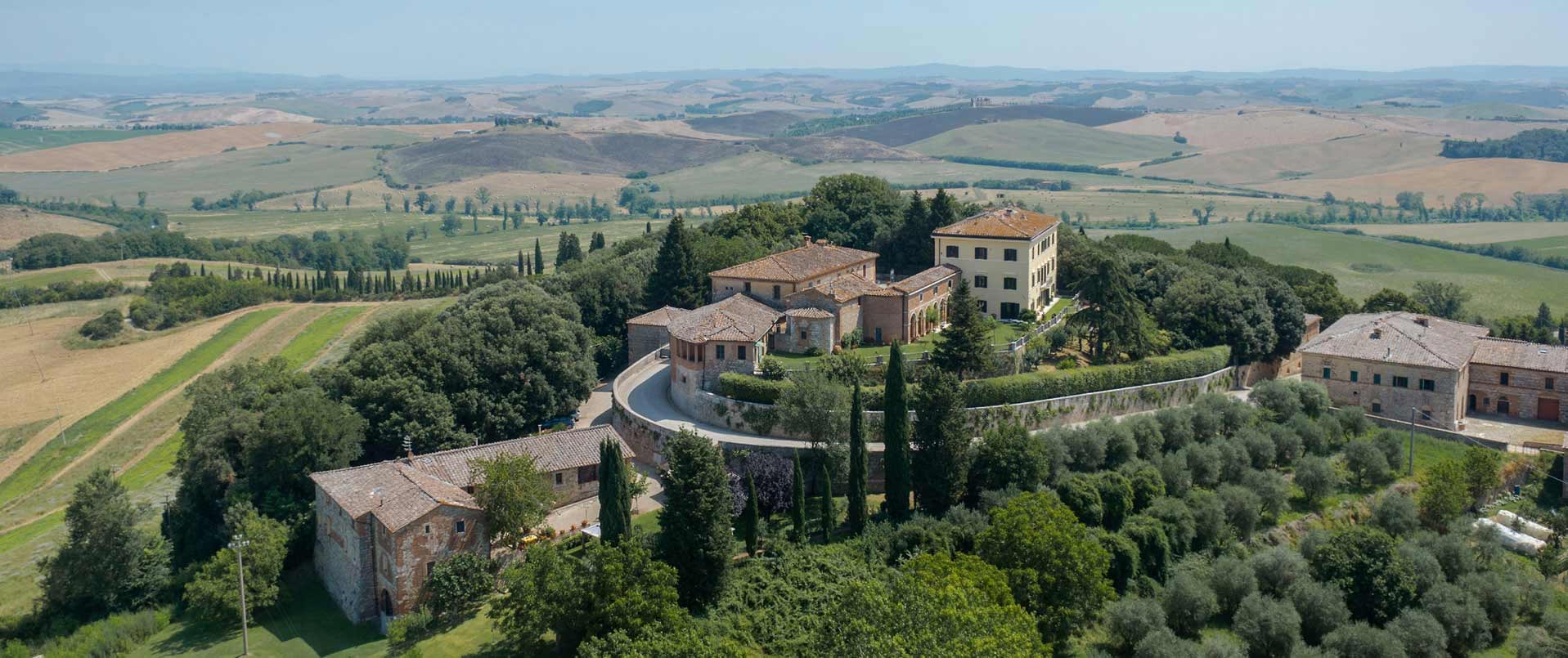
Lonato, a town steeped in ancient history, graces the south-western shores of Lake Garda and beckons discerning travelers to embark on a journey of art and culture discovery. Among its treasures, the elegant Baroque cathedral holds a prominent place, but it is the iconic Rocca that truly encapsulates Lonato’s spirit. This imposing fortress, a testament to mighty architectural prowess, looms large on the landscape, visible from every corner of the town. Recognized as a National Monument since 1912, the Rocca stands as one of Lombardy’s most formidable and enduring landmarks.
The Rocca proudly dominates the hill, defining the monumental complex of the Ugo Da Como Foundation. This institution was established in 1942 by Brescian Senator Ugo Da Como (Brescia 1869-1941), who made it his mission to create a charming hub of culture in this location. He duly acquired the 15th-century Venetian Podestà House, transforming it into his personal residence and filling it with an extraordinary collection, meticulously curated in the style of the Giolittian Era. The Senator’s House-Museum, now officially recognized as such by the Region of Lombardy, has stood the test of time, remaining remarkably unaltered. Within its walls, visitors can explore over twenty rooms filled with thousands of items, including hundreds of paintings, wooden furniture, sculptures and ceramics.
However, what truly makes one or multiple visits to the Ugo Da Como Foundation unforgettable is the presence of one of Italy’s most important private libraries. The distinguished Brescian Senator was not only a man who had an infinite passion for life, but he was also a tireless collector and a cultured, refined bibliophile. Within his residence in Lonato, a literary treasure trove awaits, encompassing over 52,000 books. This extensive collection comprises illuminated and handwritten manuscripts, hundreds of ‘incunabula’ (materials that were produced using the earliest printing technology in Europe), thousands of prints from the sixteenth century, bibliophilic rarities, and works by Ugo Foscolo. This immense cultural legacy is entirely accessible to scholars and has recently been enriched with two extraordinary acquisitions. The heirs of architect Antonio and engineer Giovanni Tagliaferri, who were enlisted by Ugo Da Como for the restoration of the ancient Venetian Podestà House, have generously contributed an archival heritage. This includes printed volumes that once graced the libraries of these two prominent figures in Brescian architecture during the 19th and 20th centuries, along with thousands of drawings and correspondence. Furthermore, the heirs of Luigi Nocivelli (1930-2006), a Knight of the Legion of Honour, have also deposited a collection of over 400 editions of illustrated books on architecture dating from the 15th to the 20th century.
In light of this, Lonato del Garda undeniably merits the attention of the most discerning visitors who possess an appreciation for culture and beauty.
The history of the Casa del Podestà
The Magistrate’s House, with its origins dating back to the mid-15th century, served as the official residence of Venice’s representative who was tasked with overseeing the territory. Lonato remained under the dominion of the Most Serene Republic of Venice from 1441 for over 350 years, with a brief interlude during the rule of Marquis Francesco Gonzaga between 1509 and 1516. Following Napoleon’s transfer of Venice to Austrian control, the Casa del Podestà became the property of the Austrian state, and later came under the ownership of the municipality of Lonato, which showed no interest in the building. Casa del Podestà – the Ugo Da Como Foundation was purchased in 1906 at a public auction by lawyer and liberal deputy Ugo Da Como. Recognising the building’s historical significance, he commissioned its complete restoration by enlisting the services of one of the most eminent Brescian architects of the era, Antonio Tagliaferri (1835-1909). The objective was to breathe new life into this Venetian architectural gem, reinstating its former grandeur and transforming it into a House-Museum, aligning it with the prevalent trend that had gained popularity in the 19th and 20th centuries.
The Casa del Podestà was initially inhabited mainly during the summer by Ugo Da Como († 1941) and his wife Maria Glisenti († 1944). The identity of this bourgeois residence, inhabited until 1944, remains unchanged to this day. The House is now part of a monumental complex of extraordinary beauty, dominated by the grand Visconti-Venetian Rocca.
Facilities and services: weddings, private events and guided tours of the casa del podestà.
Visiting the house-museum
The House-Museum of the Podestà and its Library are open every day, from 10 a.m. to 12 noon and from 2.30 p.m. to 6.30 p.m.
The Rocca and the Civic Ornithological Museum are open from 10 a.m. to 12 noon and from 2.30 p.m. to 6.30 p.m on Saturdays and Sundays (other days of the week by appointment only); from 1 June to 30 September, every day from 10 a.m. to 6.30 p.m.
It is also possible to purchase a combined ticket that includes a guided tour of the Podestà House- Museum and the Library, and self-guided tours of the Visconti-Venetian Fortress and the Civic Ornithological Museum.
 Co-Working
Co-Working
 Gardens
Gardens
 Parks
Parks
 Pet Friendly
Pet Friendly
 Private events
Private events
 Residences
Residences
 Visits
Visits
 Weddings
Weddings
 Cultural tourism
Cultural tourism  Gardens
Gardens  Historic Homes open to visitors
Historic Homes open to visitors  Nature
Nature